Article Topics
Introduction
Marijuana aka Cannabis is a plant that contains many chemicals. Some of these are used to make medicine and some are not. The main chemical in cannabis that causes the high feeling is called THC (also known as delta-9-tetrahydrocannabinol). Medical marijuana has been used for years by people who suffer from illness and disease to help them manage their symptoms. Many people find that medical marijuana helps them manage their pain better than other medications, including prescription painkillers such as OxyContin and Vicodin.
What is marijuana?
Marijuana is a plant that can be used to treat pain. There are many different strains and cannabiniods of marijuana, each with its own unique properties. Those who use it for medical reasons can benefit from its anti-inflammatory effects and reduce their reliance on other types of prescription medications that may cause negative side effects.
Marijuana contains many chemicals which may be helpful.
Marijuana is made up of more than 400 + chemicals. The main active ingredient is delta-9-tetrahydrocannabinol (THC), which is the cannabinoid that is known for the infamous high/psychoactive feeling. THC can help relieve pain and other symptoms by affecting the body’s endocannabinoid system. This part of the brain helps regulate pain, mood and appetite.
Why is it used for pain?
Marijuana is used for pain management because it is a muscle relaxant. It also has anti-inflammatory properties, which helps to reduce swelling and pain by reducing the body’s response to inflammation. Cannabis can help people sleep, which can be beneficial for patients who suffer from insomnia or anxiety that worsens their pain symptoms.
In addition to treating physical discomfort, marijuana can also be used to treat nausea and vomiting caused by chemotherapy, radiation therapy or other medical treatments (such as an autoimmune disease).
How does marijuana help treat pain?
Cannabis contains over 140 + different chemicals, called cannabinoids. It is unclear exactly how cannabis works to relieve pain. However, research suggests that cannabinoids may interact with receptors in your brain and body to lessen your perception of pain.
Some scientists believe that when a person uses marijuana, cannabinoids bind to specific areas of their brain responsible for processing sensory information from parts of the body affected by pain. As these receptors are activated by the cannabinoids in marijuana, they send signals through nerve cells (neurons) throughout the central nervous system (CNS). The resulting release of endocannabinoids within this system produces an analgesic effect that can block some types of pain signals before they reach higher levels in your spinal cord or brain stem—two areas where many types of chronic pain originate.
While we don’t yet fully understand how each type of cannabinoid interacts with our bodies differently: CB1 receptors found primarily within the CNS appear most active during times when nerves are damaged or inflamed; CB2 receptors located outside this region tend be more activated after trauma or disease has occurred; and THC also affects serotonin levels (a neurotransmitter) which plays an important role in regulating moods such as anxiety or depression as well as physical sensations like hunger pangs and fatigue.
How much do you need to get relief?
How much you need to get relief depends on the type of pain you’re experiencing, the condition of your body and mind, and how much cannabis you’re ingesting. Experienced cannabis users can use less to get the same effect as an inexperienced user who uses more. The same is true for edibles: your tolerance will increase over time, meaning you’ll need fewer milligrams per dose over time.
You may also find that different types of cannabis or methods of consuming can affect you differently—for example, some people prefer edibles while others prefer smoking or vaping because they find these forms more effective at relieving their personal symptoms. In addition to experimenting with dosage amounts and delivery methods, there are also a number of hybrids available that combine multiple strains into one product in order to provide a wider range of medical benefits (for example: Sativa-dominant strains are typically known for providing uplifting physical effects while Indica-dominant strains are known for providing sedative physical effects).
Who shouldn’t use it?
You should not use marijuana if (in most cases):
- You are pregnant or breastfeeding.
- You are under the age of 21 (unless certain cases – cancer, seizures, autism…to name a few)
- You have a history of extreme mental illness.
- You have a history of drug abuse or addiction and the use of marijuana could trigger relapse in this condition. This is especially true for people who have an existing substance use disorder, as THC may intensify cravings for other drugs and can lead to increased tolerance levels and negative health effects if used on its own (without any other substances). If you think you might struggle with addiction, it’s best to avoid using marijuana until further notice—or until you’ve sought professional help at least once without success.
- If your first few uses were bad experiences that made it clear this substance is not right for you, then consider staying away from it altogether so that no one ever says “but what about…” next time they try to persuade you otherwise!
How is marijuana taken?
Marijuana can be consumed in a variety of ways, including smoking it (via a joint or pipe), vaping it, eating it (by way of edibles) and tinctures to name a few. The method you choose is largely dependent on your personal preferences and the kind of pain that you’re experiencing.
For those who prefer to avoid smoke inhalation, vaping is an ideal option for pain relief because it delivers cannabinoids directly into your bloodstream without exposing your lungs to harmful byproducts. Vaping devices come in many shapes and sizes; some resemble pens or e-cigarettes while others look like highlighters or glass tubes with electronic components attached to their bottom end. To use these products safely, be sure to consult with an expert before making your purchase so that you know which type will work best for you—and remember: no matter what kind of device you opt for, always use caution when handling any electrical equipment!
Is it addictive?
Many people are concerned about the addictive qualities of marijuana, but it’s important to understand that there’s a difference between physical addiction and psychological addiction.
Physical addiction is when your body becomes dependent on something which causes withdrawal symptoms if you stop using it. You can get physically addicted to alcohol or opioids like heroin, for example. Marijuana doesn’t cause physical dependence like these substances do — instead, it causes psychological dependence: the feeling that you need marijuana in order to feel good or function normally.
This kind of dependence isn’t as risky as getting hooked on opioids; however, if you use too much marijuana (more than once daily), its effects can become stronger and more intense over time which may lead to problems with your health or relationships.
Many people find that medical marijuana helps them manage their pain.
Many people find that medical marijuana helps them manage their pain. Marijuana is not addictive, so you don’t have to worry about becoming dependent on it. It also has been proven to be a natural substance that is safe to use. Medical marijuana can be used to treat many conditions and diseases, including cancer, glaucoma, Alzheimer’s disease and arthritis.
Conclusion
It’s important to realize that marijuana isn’t a cure for pain. It is an option for those who have tried other treatments and still have not found relief from their symptoms. Remember, cannabis is not a one size fits all type of medicine. Factors such as age, weight, current health condition, pain, sensitivities, and drug to drug interactions all could play a roll. Although marijuana is a naturally occurring substance, it can pose risks to some users. If you’re considering trying medical cannabis for pain management, talk with your doctor first about whether this treatment would be right for you. You may be pleasantly surprised on all the benefits this plant has to offer.

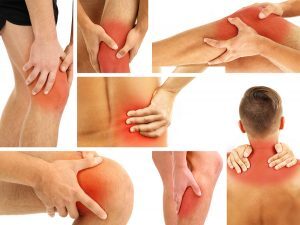
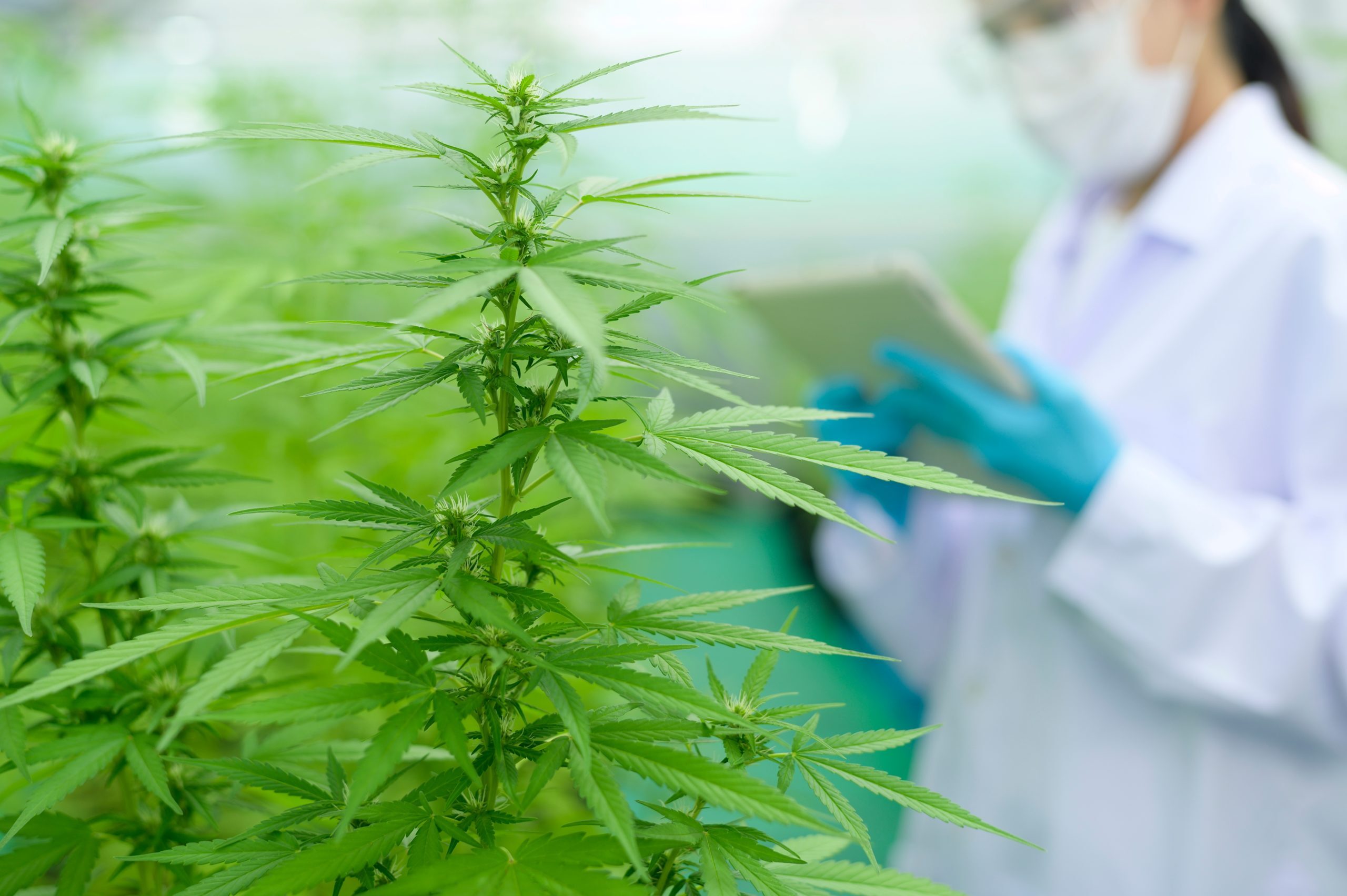

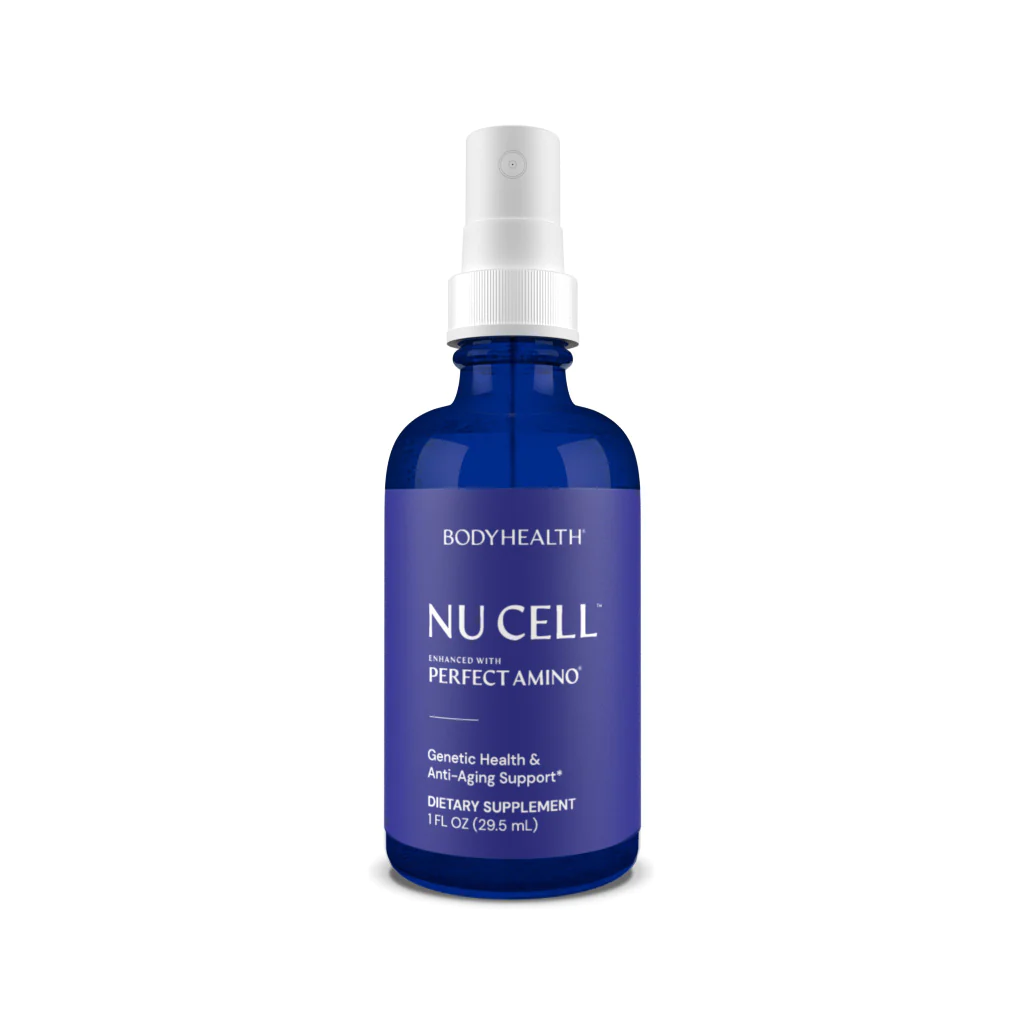
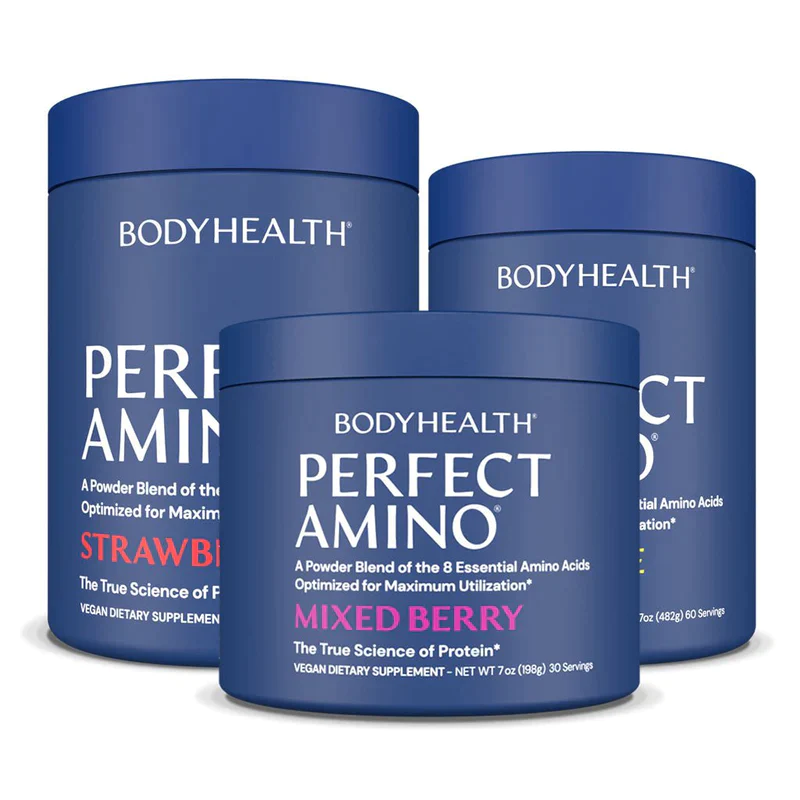
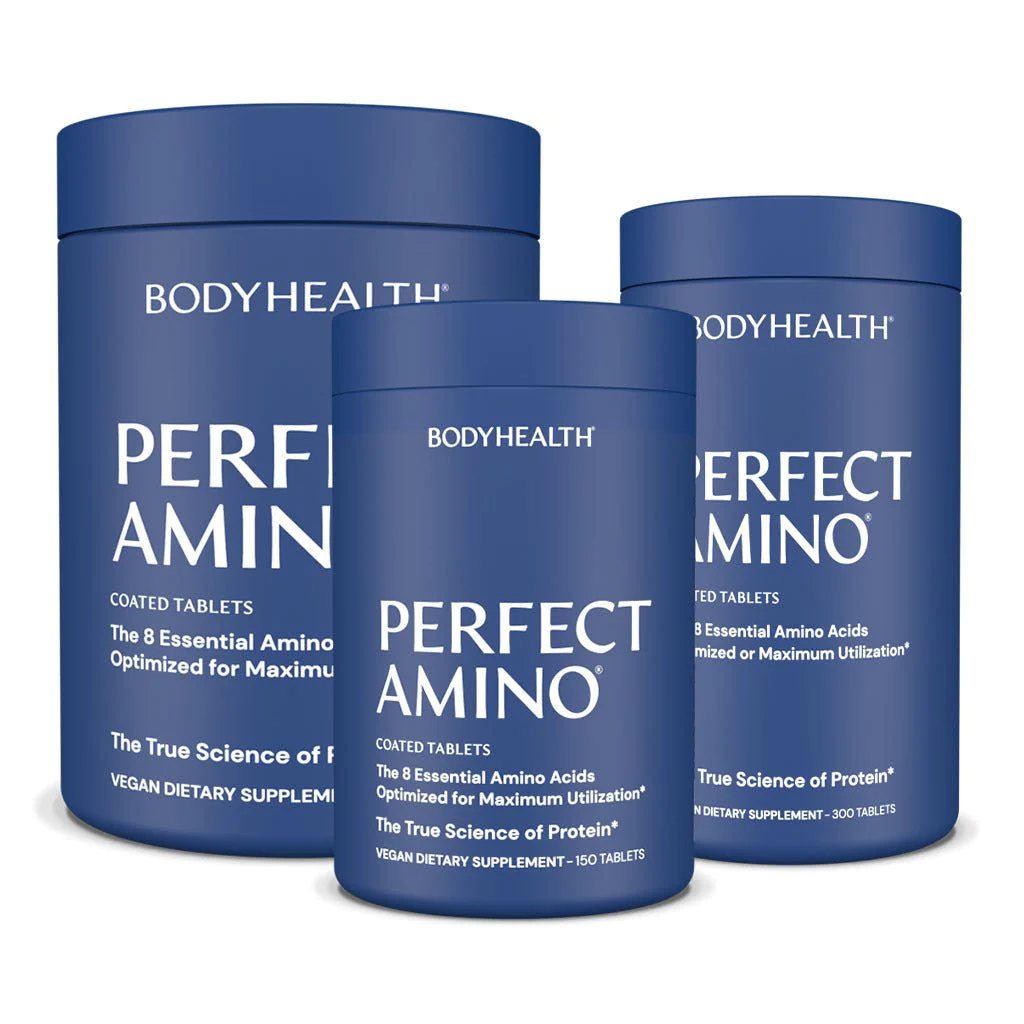
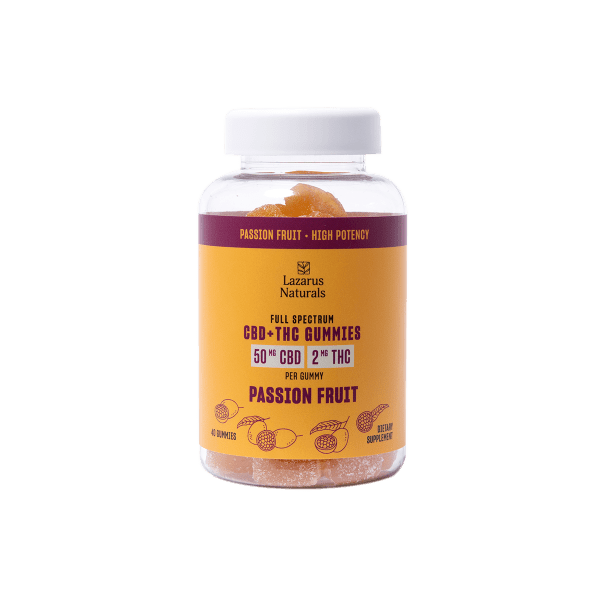
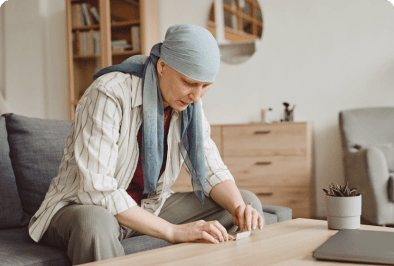

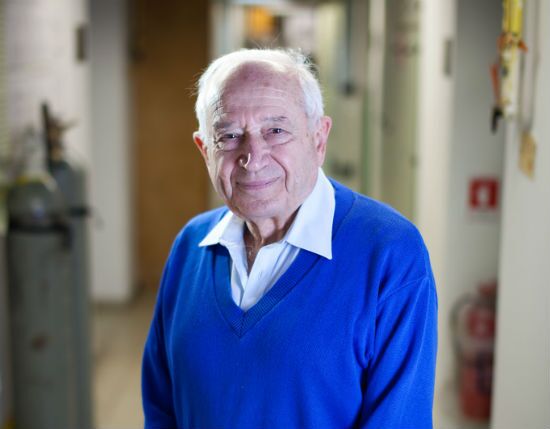

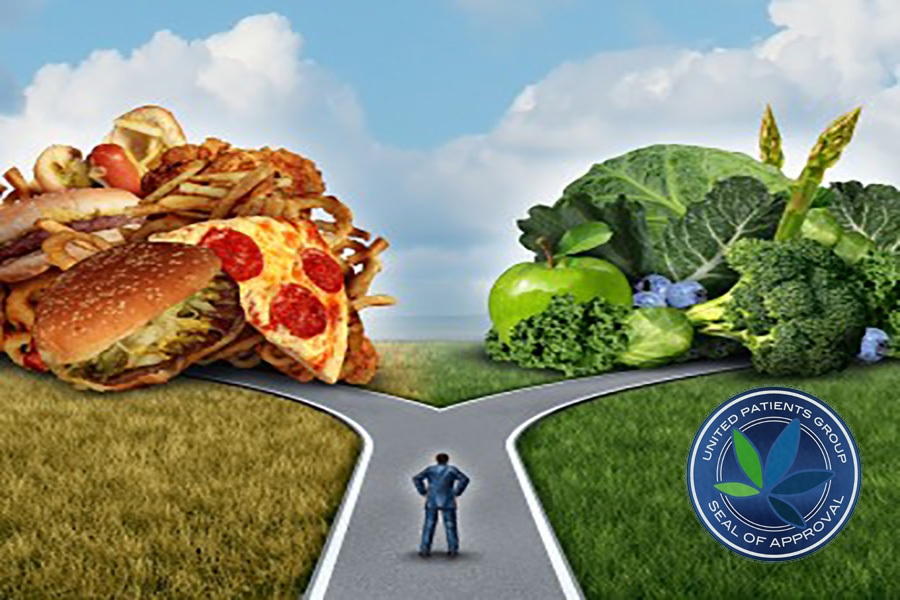

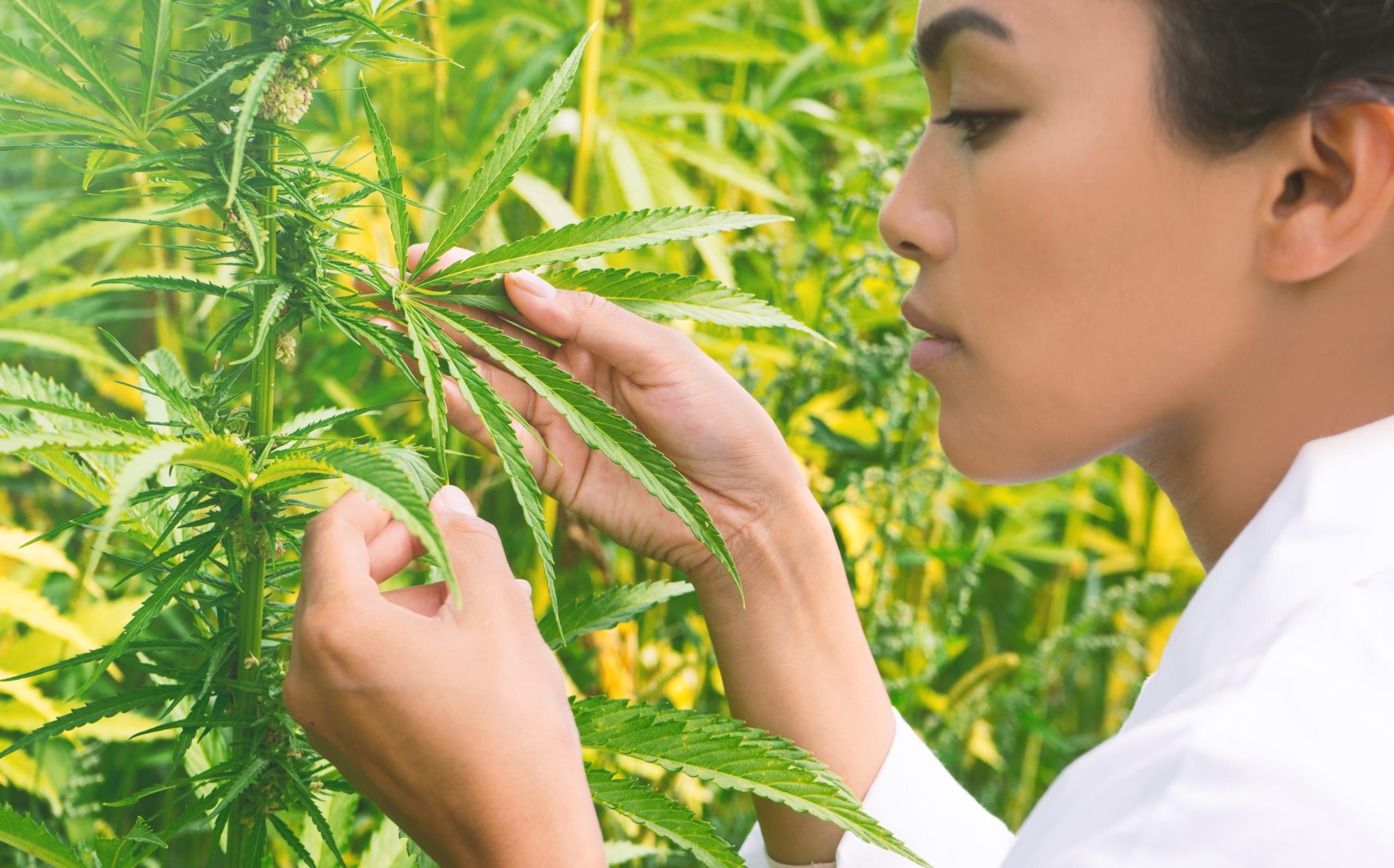


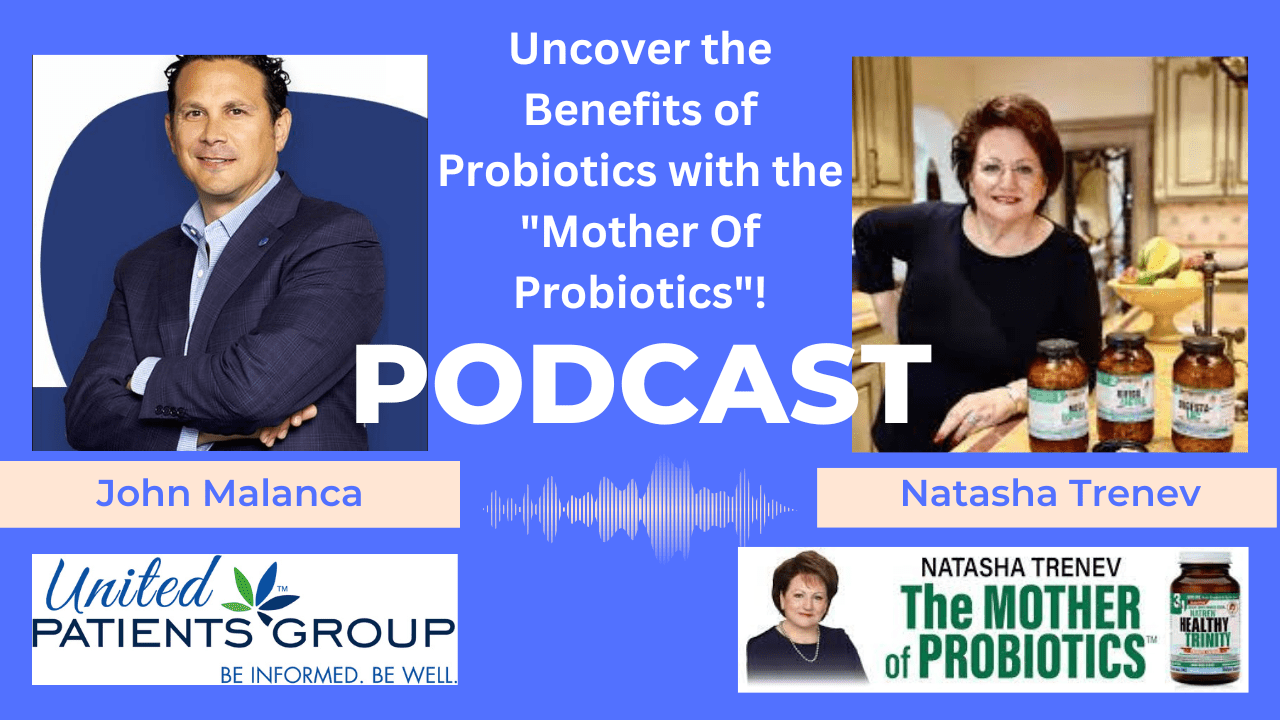
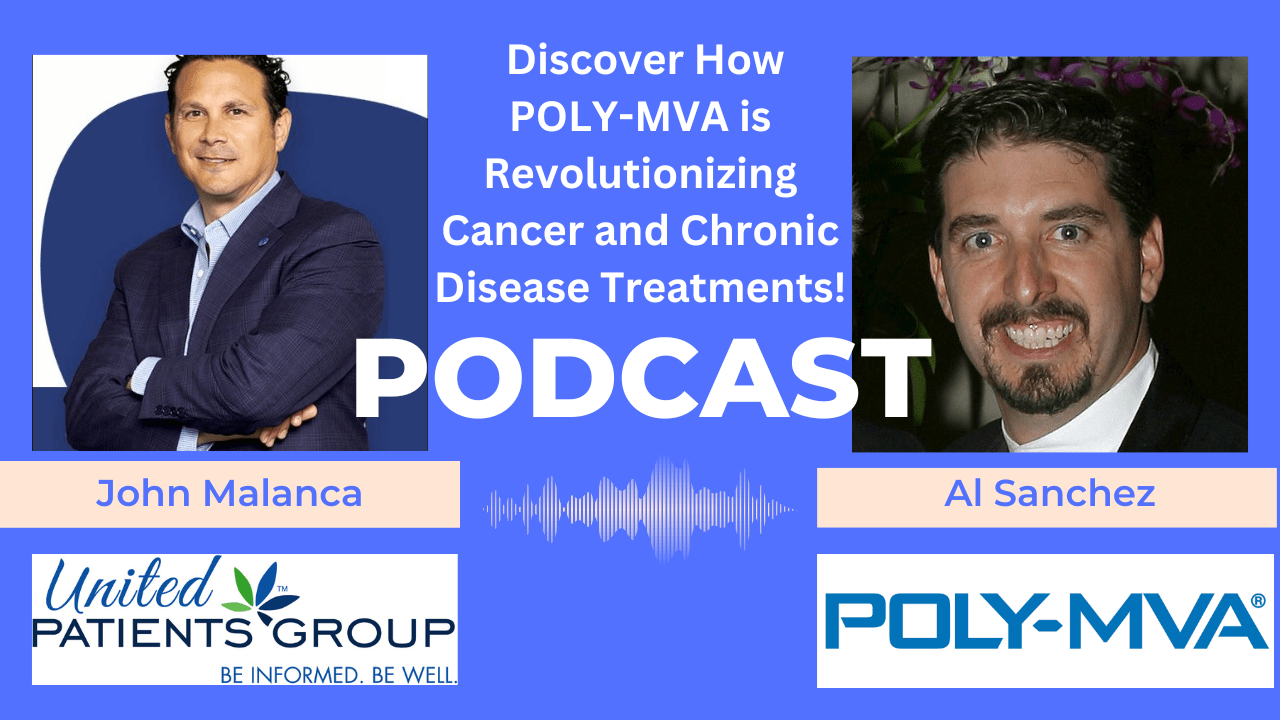

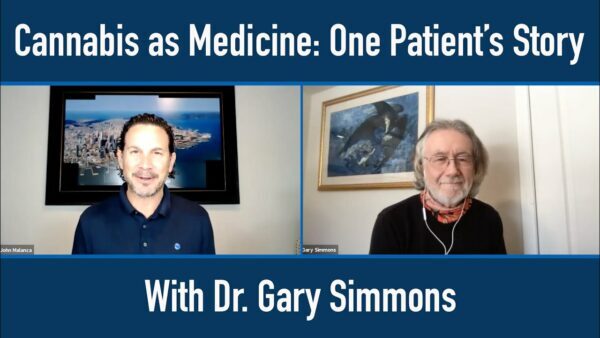


















Leave a Reply Cancel reply